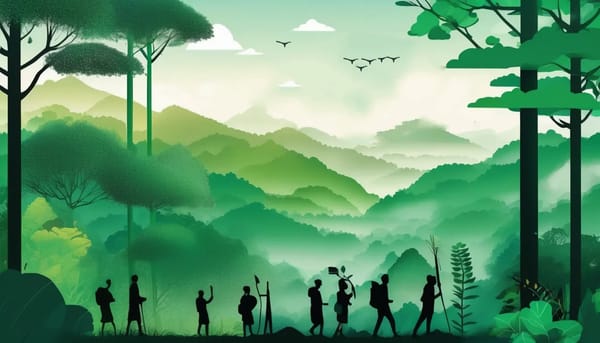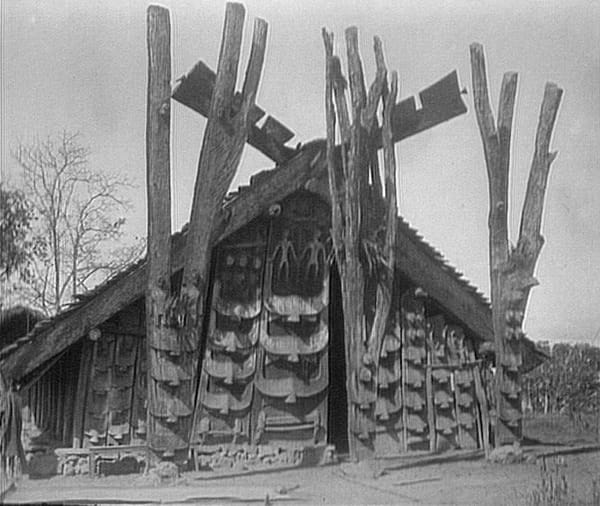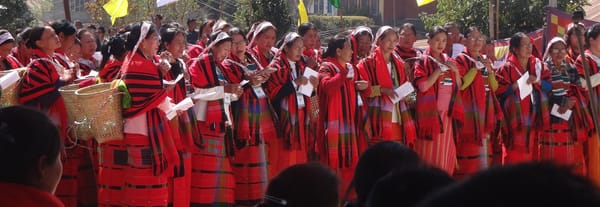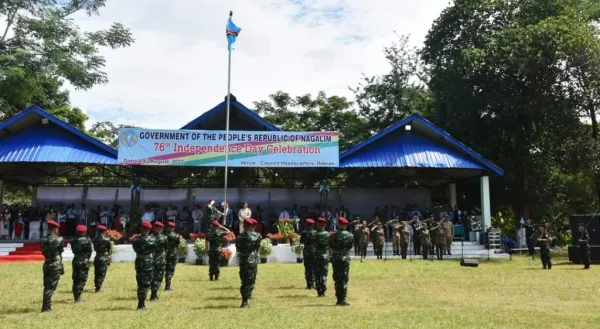Traditional Tangkhul Pottery of Nungbi Village: A Glimpse into 1939 through Ursula Graham's Lens
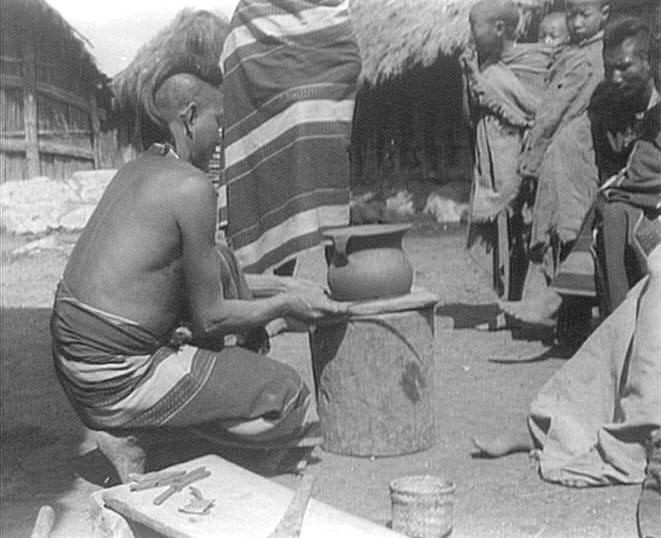
In Manipur State, a few miles on the Indian side of the Assam-Burma border, are the two Tangkhul Naga villages of Nungbi Khulen and Nungbi Khunao. They are the only villages in the district to lie near suitable clay, and they have the monopoly of pottery-making in the Tangkhul area.
Not all the villagers are potters, but those who are make a good living at it. Both the men I watched at work wore large and expensive wine-red cloths, and one had a white sweater imported from the Plains, always a mark of prosperity. They worked in the street of Nungbi Khunao and all their tools and materials were brought out from a neighbouring house. No wheel was used. The clay was rolled up round a bamboo to bring it to the right shape, and then, as with some of the Manipuri potters, it was shaped with crude tools and the hand on top of a tall wooden block round which the potter walks.
The materials used were dry, powdered clay, stone-dust, and water. Tools included a pestle, a sharp edged strip of bamboo, and two implements like rough wooden spades, which were used for mixing the clay.


